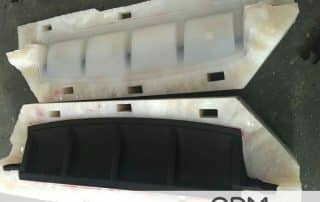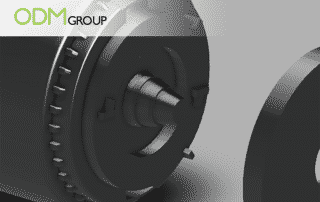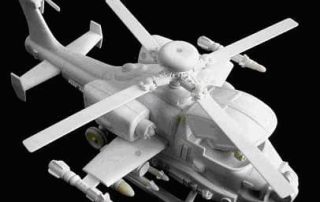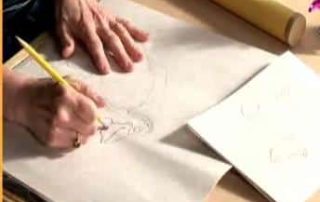Turn your product ideas into life! From the smallest to the most gigantic things you use every day, they definitely underwent numerous prototyping, trials, and repeated examinations. Product prototyping is a crucial stage in product development. It is the initial process to turn ideas into tangible and highly functional items. Every custom merchandise that we use today definitely went through a meticulous prototyping process.
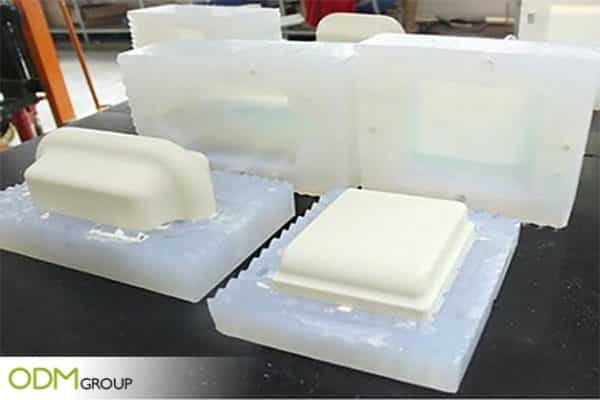
Product Prototyping: Creating Temporary Moulds
Molding is important to achieve consistent and precise custom design products. This also makes manufacturing in large quantities easier and faster. The process of making a mould is called “vacuum caasting.”
Vacuum casting is a process wherein a vacuum is used to draw the liquid into the mould or cast.
Understanding Vacuum Casting
There are two main components in vacuum casting, and these are the master pattern and the mould.
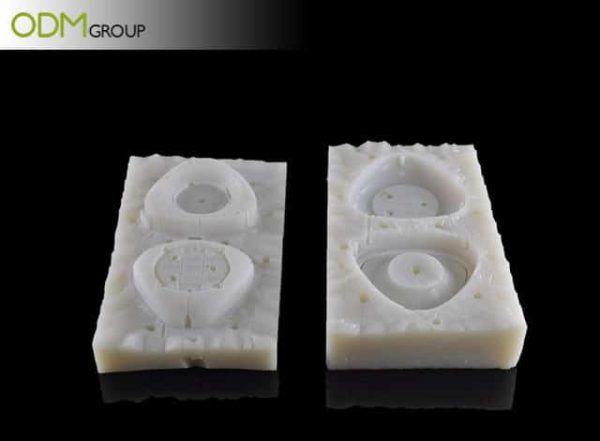
Product Prototyping
Pattern
The casting process starts with creating a master pattern. This pattern is made from high-quality material made from 3D printing or CNC machining. The pattern undergoes the process of painting and polishing until it achieved the preferred shape.
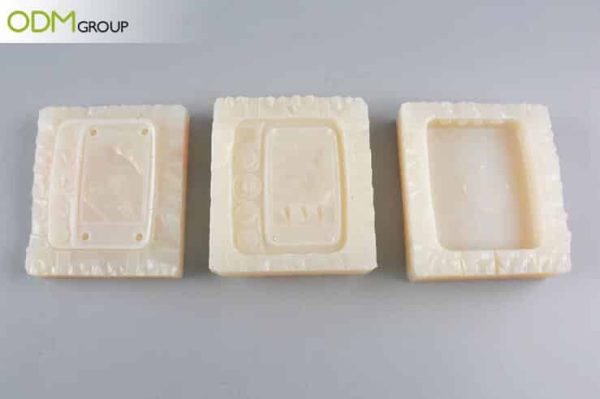
Mould
The secondary building block of vacuum casting is creating the mould. In this process, the patterns are put in a casting box. The silicone material is poured into the box and baked for hours inside the oven. After the process, the liquid silicone turns into a compact material. It is cut afterward, leaving a hollow cavity to make several copies.
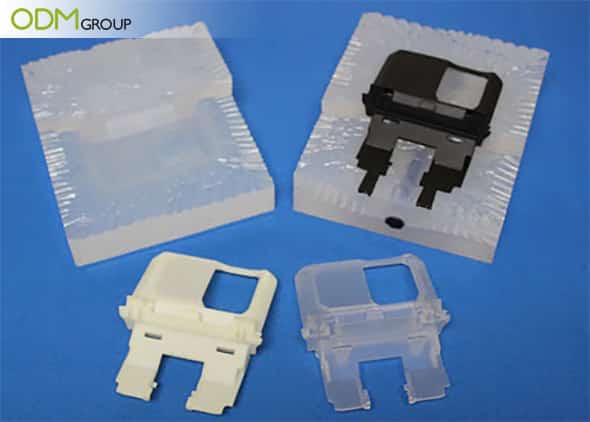
After creating the master pattern, and the mould, the next part is the resealing. The process includes covering the mould with a feed tube found in the cavity. A liquid resin fills the mold using the feed tube. The vacuum process is repeated to ensure that the resin is cured perfectly. After the entire process, the product draws from the mould is now a perfect duplicate of the master pattern.
Vacuum Casting: The Pros and the Cons
Everything has its advantages and disadvantages. Listed below are the good points and the drawbacks of vacuum casting.

The Pros
1. Cost-effectiveness
Vacuum Casting is the most cost-effective method for product prototyping. Unlike plastic injection or pressure die moulding, the method doesn’t have to invest money in making hard tools. Thus, the process help saves resources.
2. Speed
This type of casting is ideal for small batch production. Compared to the process made for mass production that takes weeks, vacuum casting only need several days to finish. Furthermore, creating silicone mould does not take much time. It is the main reason vacuum casting ideal for those who are rushing to meet deadlines.
3. Quality
One of the best things about vacuum casting is the ability to exactly imitate the original copy. Through this process, every surface detail is copied. Hence, it is the very reason why the master pattern must be given so much emphasis.
4. Versatility
Vacuum casting can definitely produce parts with different levels of flexibility. The process can copy the exact appearance (even the smallest details), texture, and functionalities of the resins used, be it polyethylene, nylon, or ABS. It has the capacity to contain various types of urethanes to create several textures and hardness in one item.
The Cons
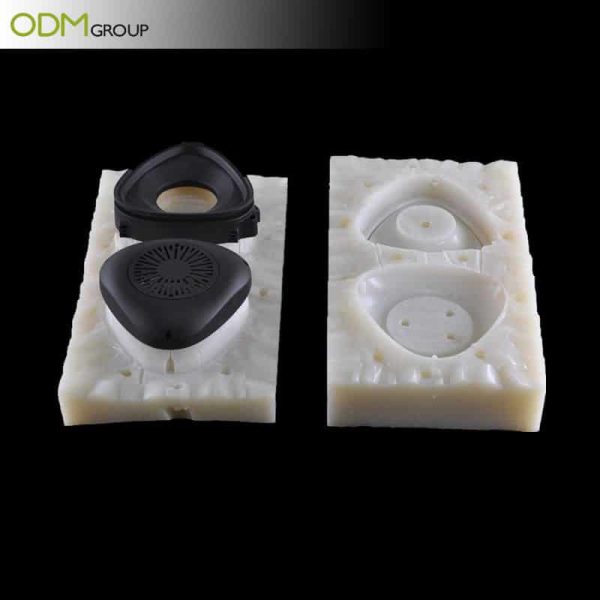
The main downside of vacuum casting is that it has a limited number of uses. One mould can only make a dozen to a hundred products before it gets unusable.
Production tolerances such as size and color can be quite difficult to manage. The color of the final product can be a bit different compared to the original. This is because the thicker the wall, the greater the color difference. Bubbles can also be observed in large-scale products.
Nevertheless, the benefits of vacuum casting offset its disadavantages.
In a Nutshell…
When it comes to product prototyping, there are a lot of methods that could be considered. But the advantages mentioned above shows why vacuum casting the ideal process to use. Compared to others, it is definitely more economical and practical for developing prototypes.
Contact ODM
Partnered with different manufacturing companies in China, ODM has a wide array and expertise in producing prototypes for all kinds of promotional products. Aside from sourcing and manufacturing, we are also a leading company that provides excellent promotional and giveaway products. We pride ourselves on being a trusted company by businesses in Asia.
Do you have any marketing projects coming up? Let us know how we can you help you out. We are just one click away!
Here’s additional information about product prototyping and manufacturing.
Related Blogs
When opening a new mould, here’s a checklist to make you guided. You may check this out to learn more about moulding.
If you are wondering what T0 is, here’s an informative blog that will enlighten you. Read the article below and know the differences between the different mould samples.
Wondering how vacuum casting use with silicone moulds. You may check the next blog to learn more.
Here’s another idea of product prototyping. Learn what is rapid prototyping and how it works.
Check out this blog and learn the process of mould modification. Learn how much will it cost for a client for his/her mould modification.
